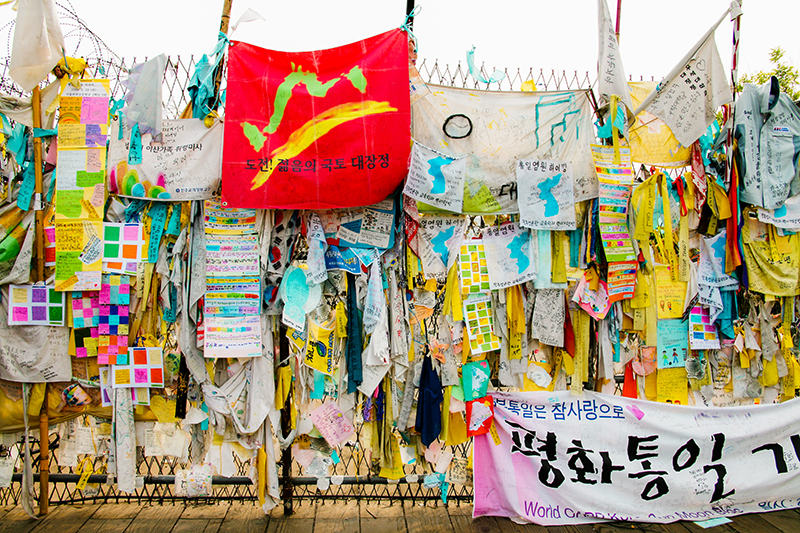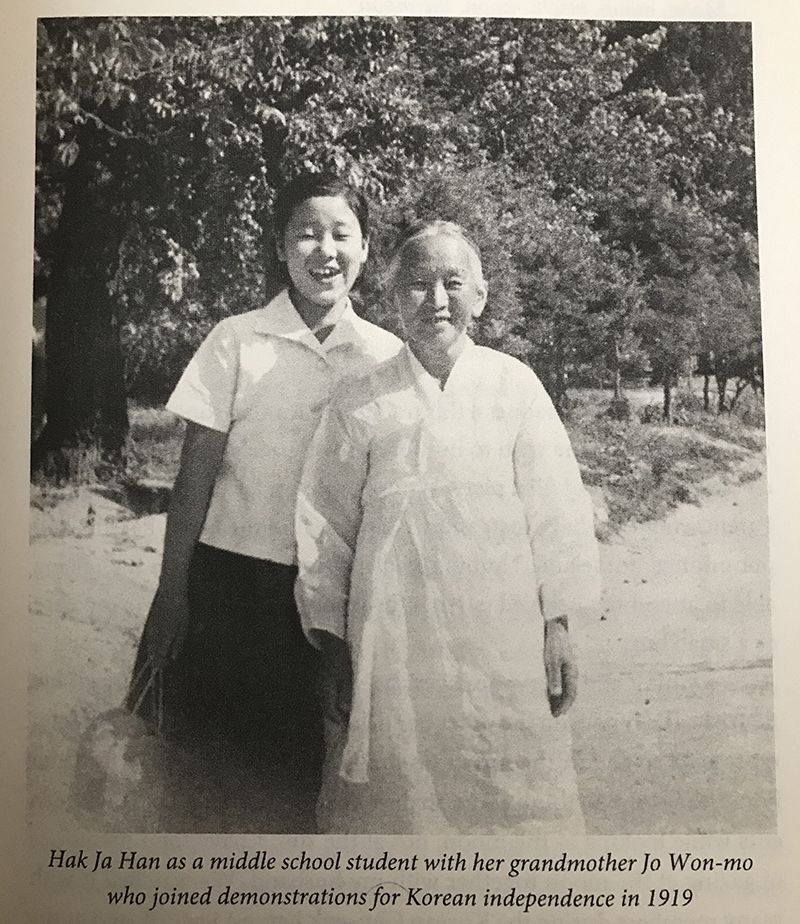Then and Now: 102 Years Since the Korean Independence Movement

Today marks the 102nd anniversary of the Korean March 1st Movement in 1919—one of the earliest public displays of Korean resistance during decades of Japanese rule (from 1910 to 1945). The protest movement, inspired by the words of then U.S. President Woodrow Wilson at the Paris Peace Conference in January 1919, was led by Korean students calling for independence from Japan.
The late Rev. Dr. Sun Myung Moon and Dr. Hak Ja Han Moon, co-founders of Family Federation for World Peace and Unification (FFWPU) and natives of North Korea, spoke often of growing up in the embattled nation and staunchly supported the peaceful reunification of the Korean Peninsula after its split in 1945.
“It was the first day of March 1919, the beginning of spring…” writes Dr. Moon in the first chapter of her 2020 best-selling memoir, Mother of Peace. Dr. Moon shared how her mother was strapped to her grandmother’s back in a marketplace in Anju, a village in Pyong-an Province. “She left the house with an expectant heart … and the [Korean] flag in her bosom … Suddenly, a loud shout burst through the quiet of the market: ‘Korean independence! Mansei!’ … Waving [the flag] vigorously, she joined the crowd, shouting, ‘Mansei, victory for 10,000 years!’”
Dr. Moon described the demonstrations, which occurred simultaneously in Seoul and across the nation.
“At most sites, [the protests] included a public reading of the Korean Declaration of Independence,” she wrote. “This public outcry was not futile symbolism; it was an act of peaceful, non-violent protest, an acclamation that the Korean people will cherish for eternity.”

However, protesters were met with violent opposition, “assaulted by the sound of whistles and boots … With batons and rifles, dozens of policemen converged upon the market. They mercilessly struck everyone in their path … The policemen did not distinguish between man or woman, young or old.”
Dr. Moon’s grandmother, Jo Won-mo, retreated with her daughter, but knew in her heart “a woman would be born with an unprecedented destiny.”
Dr. Moon was born in Anju—“an epicenter of Korean patriotism”—two years before Korea was liberated from Japanese occupation.
Similarly, Rev. Moon detailed his experience under Japanese rule in his 2009 autobiography, As a Peace-Loving Global Citizen. He was enrolled in Waseda Koutou Kougakko, a technical engineering school affiliated with Waseda University in Japan, when he was jailed for his involvement in the Korean student underground independence movement.
In 1945, the U.S. defeated Japan in World War II and Korea’s newfound independence gave rise to Rev. Moon’s public ministry. However, Korea then fell victim to the Cold War, subsequently dividing into North and South. For decades, Rev. and Dr. Moon worked tirelessly to bring peace and reunification to the Korean Peninsula, emphasizing the importance of championing God’s desire for unification across political and religious boundaries worldwide and to unite Korea.
“If the Korean Peninsula can be reunified and become one people, and if all of the Asia Pacific can be united into a heavenly civilization and connect the entire world, we can become a force for good that will expand to all of the continents and oceans of the world,” Dr. Moon said recently at the global 5th Rally of Hope on February 27, where she was joined by several international leaders and more than a million global participants in her call for world peace.
You can get your copy of Mother of Peace here, and watch the 5th Rally of Hope event here.
Comments are welcomed and encouraged on this site, but there are some instances where comments will be edited or deleted. Please see our comments policy here.
